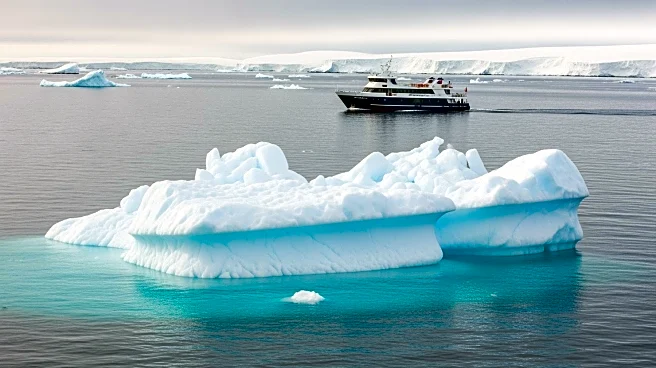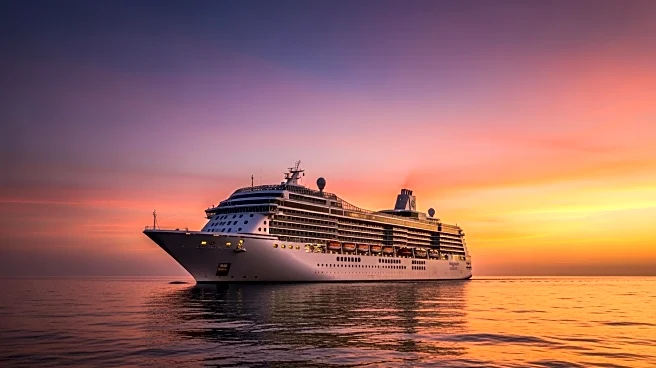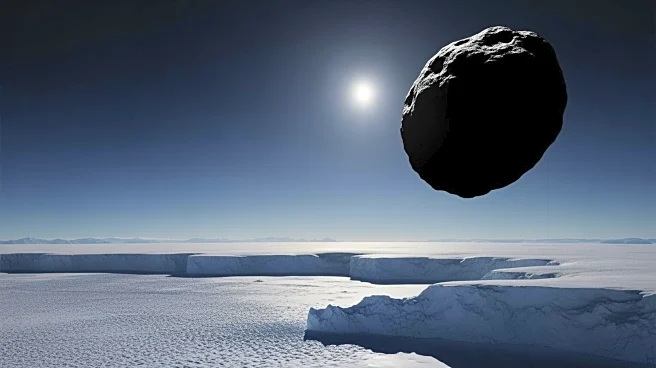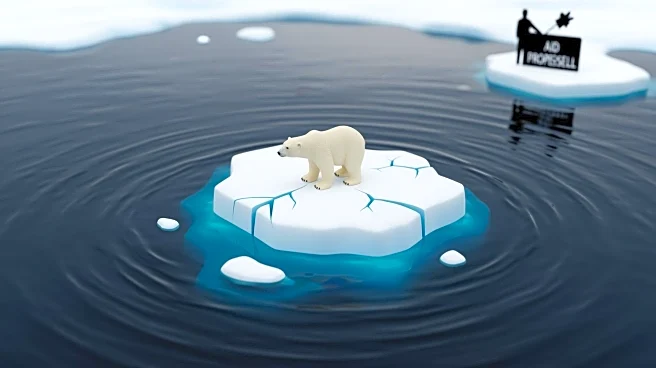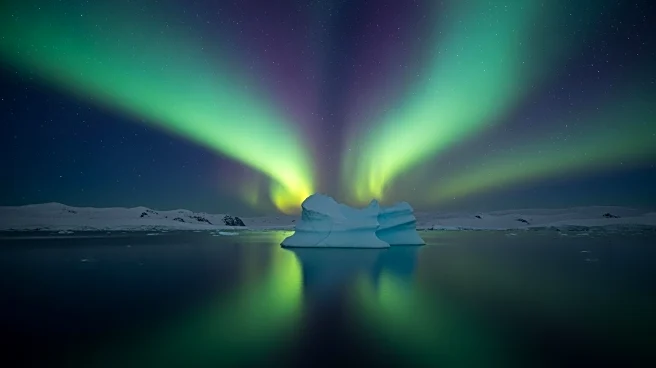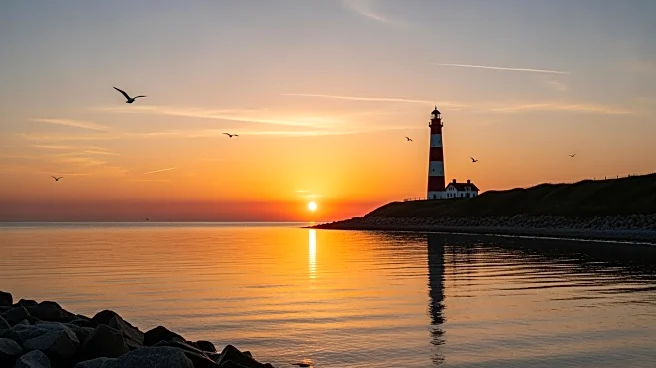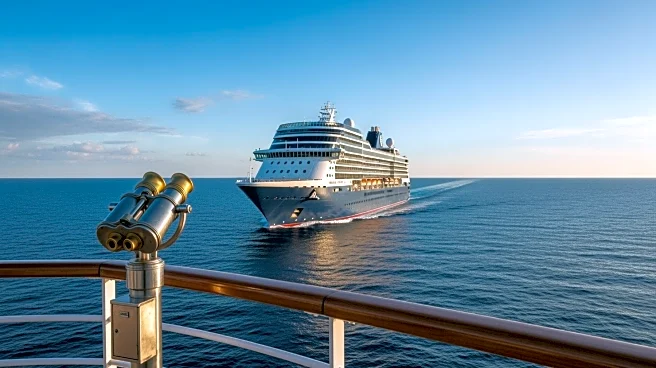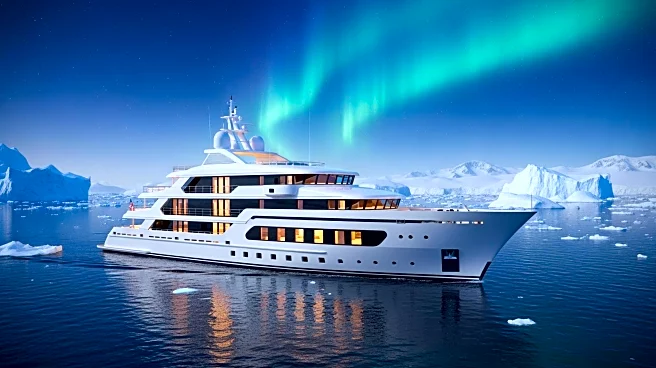What's Happening?
Tourism in polar regions such as Antarctica and Greenland has increased significantly, driven by a desire for unique experiences and concerns about vanishing landscapes. This boom poses environmental risks,
as these regions are highly affected by climate change and disturbances to fragile ecosystems may take centuries to recover. The Antarctic Treaty System and Arctic governance face challenges in managing increased human activity and its impact on conservation efforts.
Why It's Important?
The rise in polar tourism highlights the need for effective governance and conservation policies to protect these fragile ecosystems. It underscores the importance of balancing tourism with environmental preservation and addressing the challenges posed by climate change. The event raises awareness of the impact of human activities on remote regions and the need for international cooperation in safeguarding these areas.
What's Next?
Governments and conservation organizations will need to implement and enforce policies to manage tourism and protect polar ecosystems. Efforts will focus on monitoring environmental impacts and promoting sustainable tourism practices. The event may prompt discussions on improving international treaties and regulations to address the challenges of increased human activity in polar regions.
Beyond the Headlines
The tourism boom in polar regions raises ethical questions about the impact of human activities on pristine environments and the responsibility of travelers and governments in preserving these areas. It highlights the need for public awareness and education on the importance of conservation and sustainable practices.
